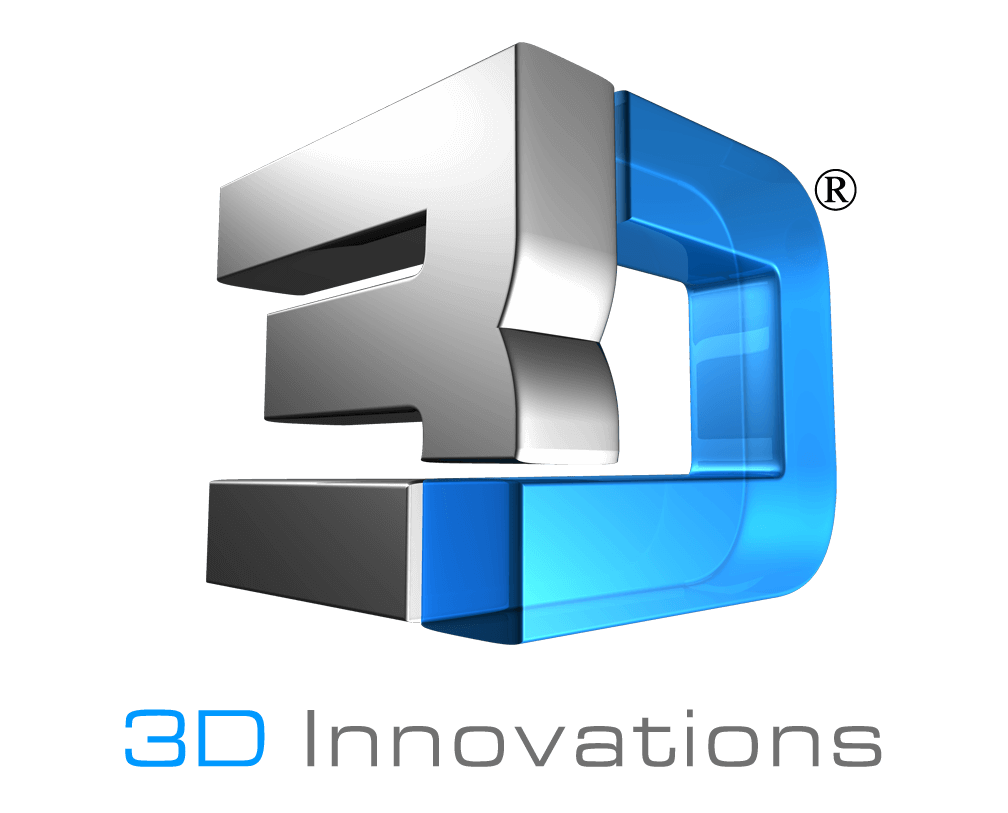3D printing has undoubtedly become a tool-of-choice for makers and educators alike. The rapid growth in 3D printing technology and its popularity has manufacturers worried that at-home 3D printers may one day soon replace traditional manufacturing. From our experience though, a maker or entrepreneur is going to benefit the most from a convergence of these two manufacturing methods.
Below we will discuss the benefits and pitfalls of both 3D printing and CNC milling.
Methodology
CNC milling machines “take a block of solid material (e.g. aluminum or wood) and use sharp rotating tools or cutters to remove all parts that are not needed. Milling is a subtractive method. CNC mills are computer-controlled. The computer feeds the machine-specific code that controls the cutting tools (just like the G-code used by 3D printers). The models for CNC mills are created using 3D modeling software, so-called CAM (computer-aided manufacturing) software applications.” (All3DP.com)
3D Printing starts from scratch and builds a three-dimensional product layer by layer. This technology is referred to as additive manufacturing. Just like with CNC milling machines, a computer feeds the machine specific code that controls the design process.
Material Selection
CNC mills can work on a “huge variety of materials: metal alloys (e.g. aluminum, steel alloys, brass, copper), softwoods and hardwoods, thermoplastics, acrylic, modeling foams, machining wax (for creating a positive model for casting). You may need different cutting tools for different materials, but the tool-to-machine interfaces are usually standardized—so the tools can easily be exchanged.” (All3DP.com)
At-home desktop 3D printers are usually restricted to a few materials, typically thermoplastics or resins. Thermoplastics can be mixed with other materials such as ceramics, wood, metal, but the workpieces produced on a 3D printer will not be as robust as workpieces cut from a block of metal or wood. Commercial or specialty 3D printers can print with more exotic materials (i.e. bioprinting and food).
Range of Applications
With the range of applications for these two technologies, there is a lot of overlap. (Here we will focus on the applications either technology supports, while the other does not.)
CNC milling is the better solution when you need to manufacture extremely robust, precise and/or heat-resistant products. 3D printing is the better solution when you need quick prototypes to test designs, small batch runs or are interested in exotic application fields—bioprinting, architectural purposes and printing food.
Material Waste
By design, there is less waste with 3D printing. The technology only requires the material needed for building the product. With CNC milling, you need a block of material that is the size of the product it will produce—a great deal of material is then removed, and often times the excess material cannot be recycled.
Both technologies have their place in the manufacturing landscape. Where one technology falters, the other excels. When designing your product, keep in mind that using both technologies during product development might be just what you need.
Have questions about the manufacturing process? Send us your questions, info@3d-innovations.com,we are happy to help.
_______
3D Innovations is a Product Development Company – from the 3D Design to a fully functional 3D Prototype & Product.
Subscribe to the 3D Innovations newsletter on our Facebook page!

